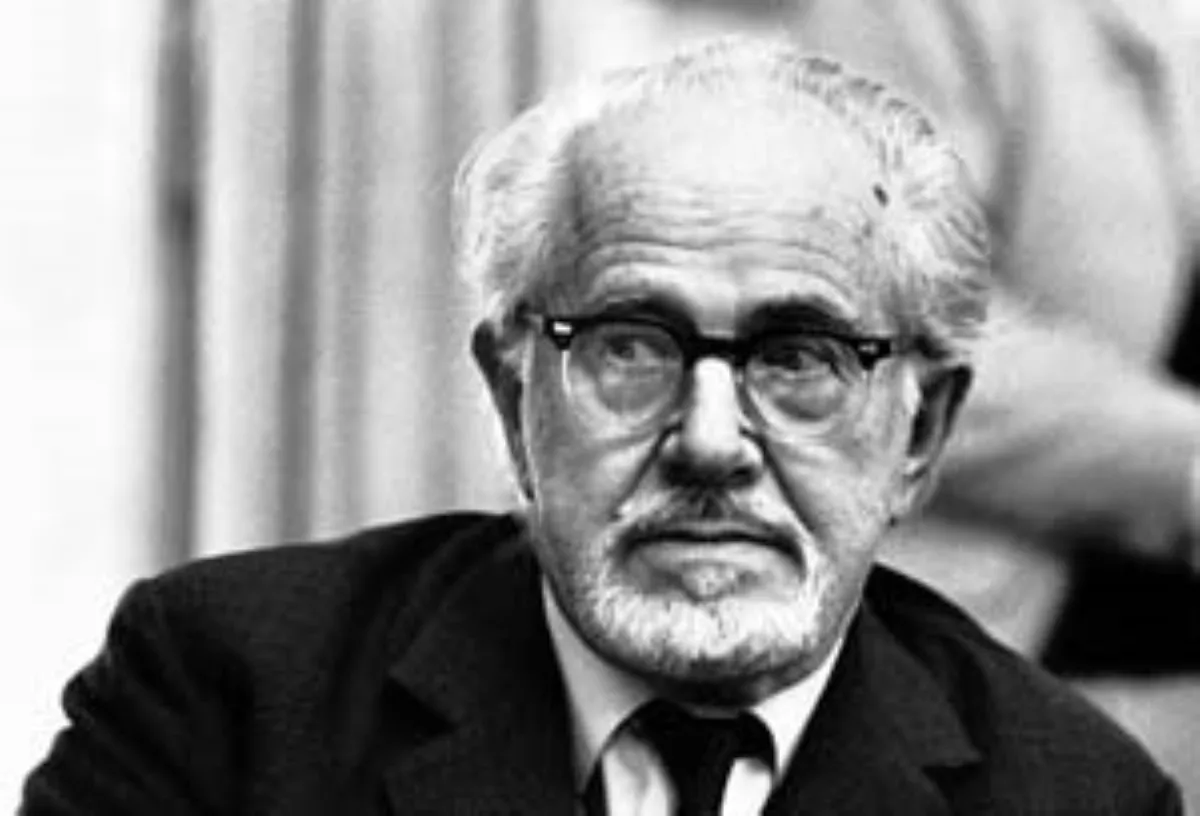 1.
1. Mark Tobey's densely structured compositions, inspired by Asian calligraphy, resemble Abstract expressionism, although the motives for his compositions differ philosophically from most Abstract Expressionist painters.

 1.
1. Mark Tobey's densely structured compositions, inspired by Asian calligraphy, resemble Abstract expressionism, although the motives for his compositions differ philosophically from most Abstract Expressionist painters.
Mark Tobey's work was widely recognized throughout the United States and Europe.
Senior in age and experience, he had a strong influence on the others; friend and mentor, Mark Tobey shared their interest in philosophy and Eastern religions.
Similar to others of the Northwest School, Mark Tobey was mostly self-taught after early studies at the Art Institute of Chicago.
In 1921, Mark Tobey founded the art department at The Cornish School in Seattle, Washington.
Mark Tobey was an incessant traveler, visiting Mexico, Europe, Palestine, Israel, Turkey, Lebanon, China, and Japan.
Mark Tobey was the youngest of four children in a Congregationalist family.
Mark Tobey's parents were George Tobey, a carpenter and house builder, and Emma Cleveland Tobey.
The father carved animals from stone and sometimes drew animals for young Mark Tobey to cut out with scissors.
Mark Tobey studied at the Art Institute of Chicago from 1906 to 1908, but, like others of the Northwest School, was mostly self-taught.
Mark Tobey's conversion led him to explore the representation of the spiritual in art.
The beginning of his lifelong travels occurred in 1925 when he left for Europe, settling in Paris where Mark Tobey met Gertrude Stein.
Mark Tobey spent a winter at Chateaudun, and traveled to Barcelona and Greece.
The next year, Mark Tobey co-founded the Free and Creative Art School in Seattle with Edgar Ames, and in autumn, he taught an advanced art course at Emily Carr's Victoria studio.
In 1931, Mark Tobey became a resident artist of the Elmhurst Progressive School while teaching at Dartington Hall in Devon and painting frescoes for the school.
Mark Tobey became a close friend of Bernard Leach, who was on the faculty.
Leach went on to Japan, while Mark Tobey remained in Shanghai visiting his old friend, Teng Kuei, before departing for Japan.
Japanese authorities confiscated and destroyed an edition of 31 drawings on wet paper that Mark Tobey had brought with him from England to be published in Japan.
Mark Tobey expected to return to teaching in England in 1938, but the mounting tensions of war building in Europe kept him in the US.
Mark Tobey met the Swedish scholar, Pehr Hallsten, in Ballard in 1939 and they became companions, living together from 1940.
Mark Tobey studied the piano and the theory of music with Lockrem Johnson, and, when Johnson was away, with Wesley Wehr, who was introduced to Tobey in 1949 by their pianist friend Berthe Poncy Jacobson.
Mark Tobey spent three months as guest critic of graduate students' work at Yale University on the invitation of Josef Albers, and had his first retrospective show at the California Palace of the Legion of Honor in San Francisco.
Mark Tobey held a solo show at the Galerie Jeanne Bucher in Paris in 1955, and traveled to Basel and Bern.
Mark Tobey began his ink wash paintings two years later.
In 1960, Mark Tobey participated in the Association of Visual Artists Vienna Secession, and in the following year, he became the first American painter to exhibit at the Pavillon de Marsan in Paris.
Mark Tobey is most noted for his late "white writing" style, where an overlay of white or light-colored calligraphic brush strokes is painted over an abstract field of muted color, which is itself composed of small, interwoven brush strokes.
When unveiling his white writing work at the Willard Gallery, where a lot of the future Abstract Expressionists were then exhibiting, Mark Tobey did not want to confuse people as he was based in Seattle with strong ties to Asian art.
Nine years ago in 1935, Mark Tobey evolved the technique of white writing, which has distinguished his work.
Mark Tobey studied piano and music theory with John Cage, and thereafter, it was Mark Tobey who had an influence on Cage.
Elizabeth Bayley Willis showed Mark Tobey's painting Bars and Flails to Jackson Pollock in 1944.